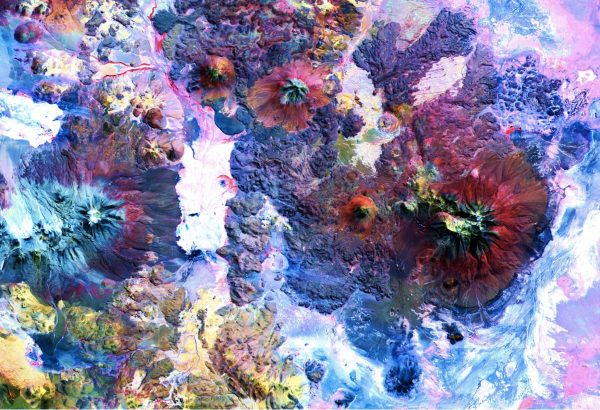
Earth’s continents may have been born under large mountain ranges like the Andes.
New research combining a mysterious missing trace element, a 66-million-year-old rock burped up by an ancient volcano, and a database of all the rock chemistry analyzed by scientists in the past century explains why Earth has continents. Published Jan. 16 in the journal Nature Communications, the study suggests that where mountains are born, so are continents.
“It’s like a jigsaw puzzle,” said study leader Ming Tang, a postdoctoral researcher in geology at Rice University in Houston. “There is a missing part in this continental jigsaw puzzle, and it seems that we found the answer.”
The missing piece is a rare-earth metal called niobium. In Earth’s middle layer, called the mantle, as well as in the oceanic crust (the part of the planet’s outer layer covered by seas), niobium and another rare-earth element, tantalum, typically co-occur in a consistent ratio. The continental crust is weird, Tang told Live Science. The crust that makes up the continents is relatively low in niobium.


